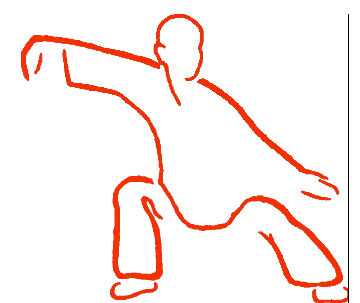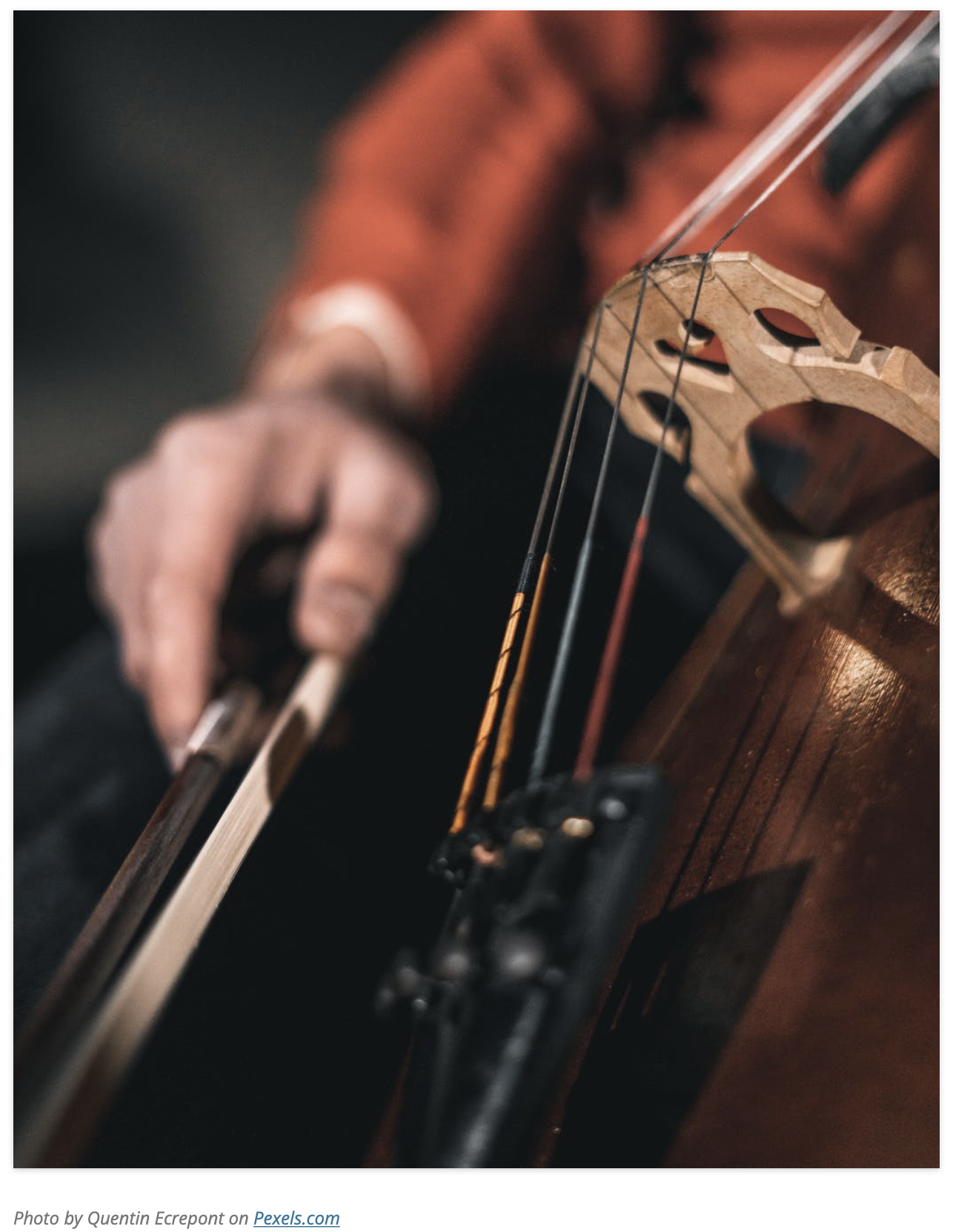Musicians come to see me for Alexander Technique lessons for at least one the following two reasons: They are experiencing pain and excess tension and strain as they play. They simply aren’t improving in their playing , no matter how much they practice. (Many musicians come to me because of both of these issues.)
As they find, both of these issues are closely related and are caused by the same thing: unnecessary muscular tension. Misdirected effort, as it were. All of this misdirected effort is a result of habit and is interfering with their ability to play easily and confidently. Part of my job is to help them become aware of these habits, many of which are below their consciousness.
We can approach this problem from many angles: Where are you tightening and holding on? Where are you closing the space off in your body as you play? Where are you compressing yourself as you play? And so on.
But the one question that seems to get them onto the path of observation and prevention (of their harmful habits) is this: What are you adding on to the act of playing your instrument that is not necessary?
Such a simple question. What are you adding on?
You see, it’s mostly this adding on that is creating the problems. It’s not a matter of what you need to do to improve your playing. It’s a matter of what you need to stop doing. What you need to subtract.
Learning what to subtract begins with understanding balance and poise. How do you sit upright with the least amount of effort? How do you stand with lightness and ease? What do you do to stay in balance as your bring your hands (with or without your instrument) in front of your body. What do you do to take a breath? How do you prepare to play that first note? Etc.
My first aim is to get my students to better understand how to leave themselves alone so that they can sit, stand and move in easy upright balance. To get them to realize how easy, light and expansive their movement and posture can be. Then we use this as a standard to observe and evaluate what they do as they go to play.
Sometimes they find that they disturb this natural balance the moment they even think about playing, already stiffening up in anticipation. Or the moment they bring their hands to the instrument. Or the moment they begin to blow, pluck, hammer or bow.
And this is all good news, because they can then use their new found awareness to prevent these habits. And that’s when things just get better and better.
So ask yourself what you are adding on as you play that is not necessary. If you sit when you play, notice your balance and ease. Let your head balance on top of your spine, and let that balanced head be poised directly above your sitting bones. Don’t collapse. Don’t try to sit up straight. Just let yourself sit in easy, upright balance, the way a small child would.
If you stand when you play, let your head balance on top of your spine as you let the weight of your body travel through your legs into your feet (think ankle and heels). Let your shoulders soften and widen apart. Let your knees be soft (no locked knees). See how lightly you can stand. How little effort can you create to keep nicely upright. Naturally. Again, just like a small child.
Then take your instrument and see how your balance changes. Are these changes a necessary result of of holding your instrument in a natural manner? Or are they simply pre-anticipatory tension? Here are some things to check:
- Am I pulling my head down into my neck? If you find yourself making rather noticeable changes in your neck tension as you go to play, and/or otherwise significantly altering the relationship of your head to your neck, ask yourself: Is this necessary?
- Am I stiffening my shoulder? Again, ask yourself.
- Am I breathing in a strained, noisy manner? Even if you play (especially if you play) a wind instrument, this is never necessary. It’s just more habitual, misdirected effort.
- Am I bracing in my pelvis and legs? Not at all necessary to play your instrument.
- Am I pulling myself out of balance as I play? Check some of the above questions to answer this question. Where is your head in relation to your neck? Where is the weight of your body going? (If it’s going primarily into the balls of your feet, you’re bringing yourself out of balance.) How much is your lower back working to maintain this posture? Where is the strain?
- What am I doing with my hands and arms? Stiffening fingers, tightly flexed or extended wrists, arms pulled tightly against the ribs. These are but a few of the things that are never necessary to play your instrument.
- Am I tightening up my face? This is more anticipatory tension that is not only unnecessary, but also, clearly interferes with the balance of the head on the spine. Interfere with that and you’ve opened up a Pandora’s box of other tension issues.
You can ask even more questions if you like. But always remember the most important: What am I adding on that is not necessary. Stop these unnecessary habits and (as F.M. Alexander would say) “you’re half way home”. In my own daily practice sessions this is always the question I’m asking myself. Answering it brings me consistent improvement. Give it a try!




